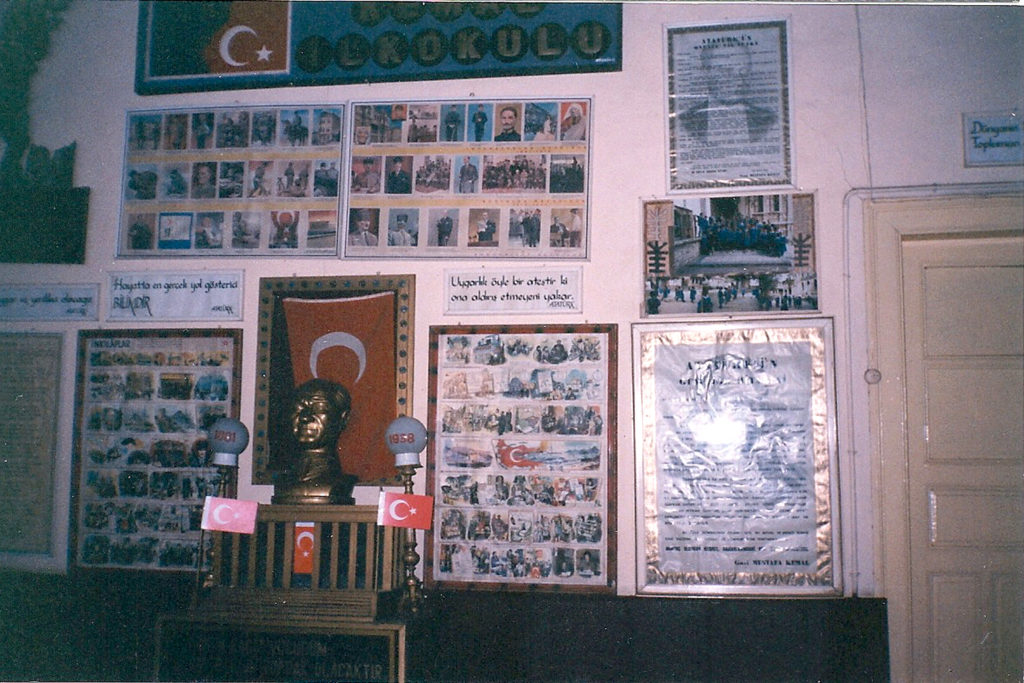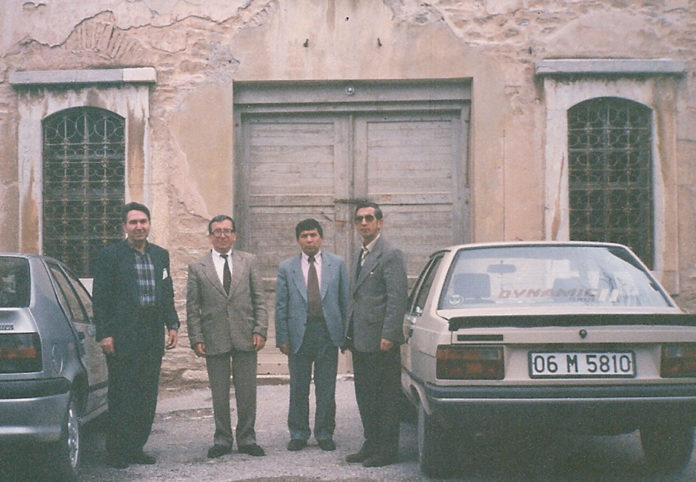By Agop Y. Bedikian MD and Margaret A. Bedikian
I was born in Beirut, Lebanon, the fifth of six children, to an Armenian family. My parents left their birthplace, Akshehir (literally, “white city” in Turkish) in Turkey during the First World War at a very young age and took refuge in Lebanon.
My father worked as a contractor building houses. After finishing preparatory school, my two older brothers joined him in his trade in order to support the family of eight. I was the first in the family to have the opportunity to attend high school and then university. My parents encouraged us to get an education even though they themselves had no formal schooling. My original plan was to study engineering so that I could work with my father and brothers. However, during my sophomore year, my father, who had smoked from a very young age, developed hoarseness of voice, cough and hemoptysis. I took him to the American University Medical Center where an Otolaryngologist told us he had a locally-advanced, unresectable cancer in his throat. Radiotherapy was administered for palliation. Unfortunately, a few months later, the doctors found that the cancer had spread to his liver, which led to his death a short two months later.

Through this difficult process, I found out how little the doctors could do to help patients with advanced cancer. I changed my major to medicine to become a cancer specialist and graduated in June of 1971. I did my internal medicine internship and residency in St. Louis, Missouri and my oncology fellowship at M.D. Anderson Cancer Center in Houston, Texas where I eventually joined the medical staff and worked as a teacher, clinician and researcher. Over the course of my work there, I conducted protocol-based clinical trials to evaluate safety and efficacy of new anticancer agents and multidrug combinations.
As a part of my work with M.D. Anderson Cancer Center, I traveled to make presentations at medical conferences around the globe. In the spring of 1997, one such international medical congress gave me the opportunity to go to Antalya in Turkey and visit to my parents’ birthplace in Turkey.
On April 21, 1997, I boarded the plane to go to Antalya, to attend the twelfth National Cancer Congress organized by the Turkish Association for Cancer Research. I was scheduled to make a presentation on the management of metastatic melanoma. I had mixed feelings about this trip. I was very excited because I had plans to take a side trip to visit Akshehir, my parents’ birthplace. But at the same time, I was apprehensive because I was going there just a few days before April 24. Contrary to what many historians have determined, the Turkish government’s official narrative of the events has remained quite different for decades: according to the Turkish version of events, millions, including the Armenians living in Ottoman Empire, perished as a result of the war that engulfed the region in 1915. As long as I can remember, every year as we approach April 24, the emotions get fired up on both sides. In making my trip to Turkey so close to the genocide commemoration date, I had no intention of broaching this touchy subject. It simply was not the reason for my trip nor a discussion I had wished to enter into knowing the contention that remains to this day around the events of 1915.








